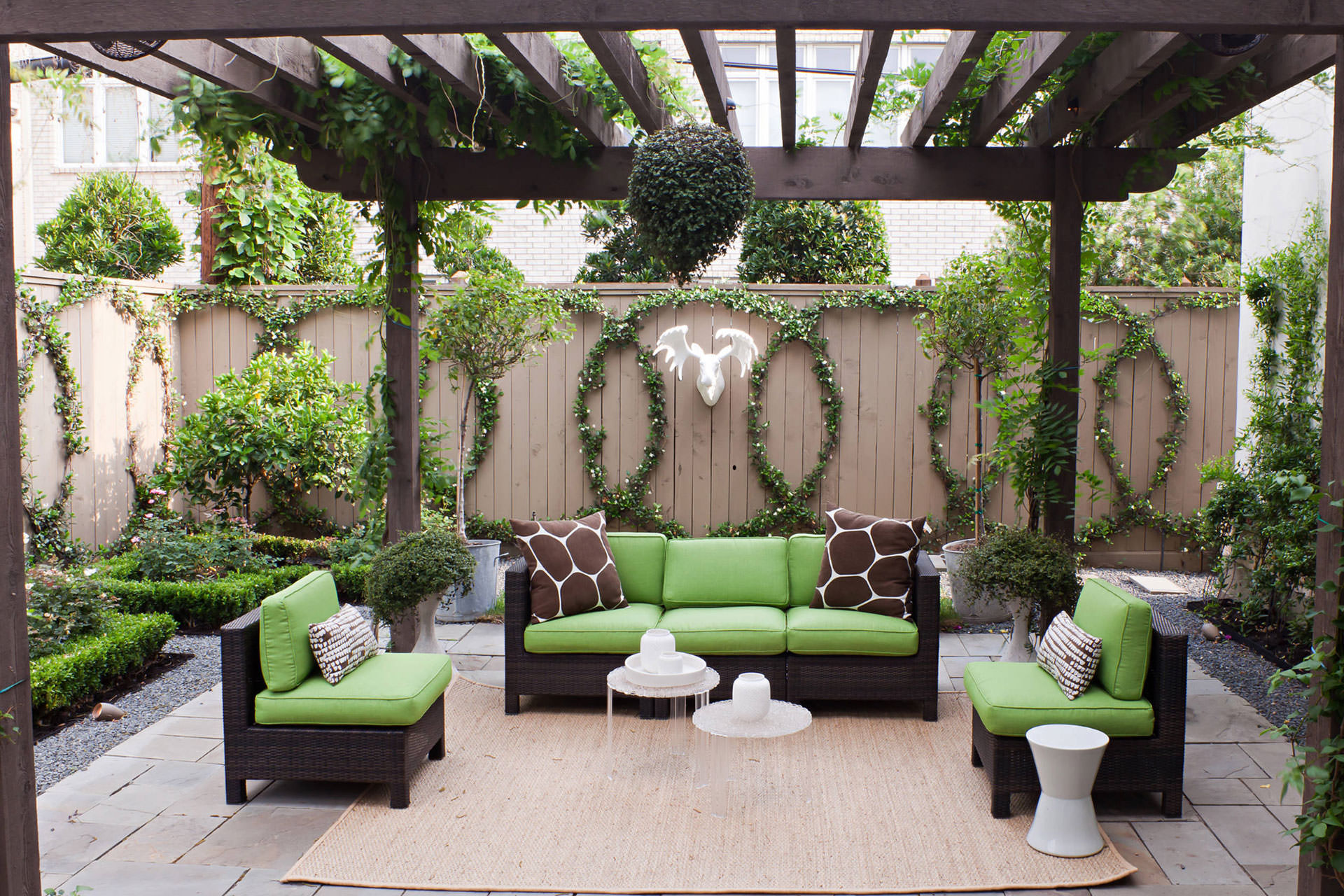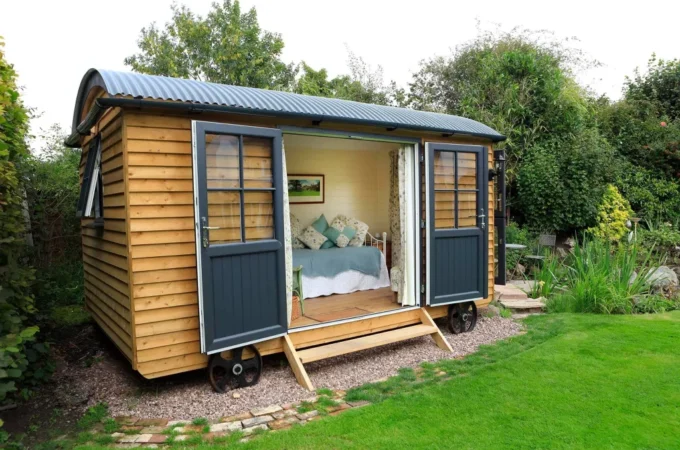
How to Build an Eco-Friendly Outdoor Paradise
Climate change has brought worrisome concerns for homeowners worldwide: droughts, floods, and excessive heat can make it hard to enjoy your outdoor space. Still, it’s important to have a place of respite and tranquility, where you can let your daily cares float away beside a beautiful pond or under a shady pergola.
Even if you’re not ready to take your home off the grid, you can still benefit the local ecosystem by developing a cozy yet eco-friendly outdoor area, where beautiful flowers flourish and friendly animals come to visit. Today, we’ll outline the best tips for making a resilient, relaxing place that helps restore biodiversity.
Plant Native Species
Many of our favorite garden plants are non-native: beautiful as they are, they crowd out plants that have evolved to withstand the local environment, and they provide less nutrition and ground cover for local species. Some of the most well-known invasive species, such as kudzu and English Ivy, outcompete their native relatives; still others, such as daylilies and forsythia, may be beautiful, but they also don’t feed the local wildlife or benefit soil composition.
When building your garden, take a look at the Audobon Society’s incredibly handy Native Plant Database: put in your zip code, and you’ll find a list of native plants that are both gorgeous and benefit local wildlife. As the Audobon Society is a birding nonprofit, you’ll also receive a handy chart of what native bird species you’ll be able to see flitting about your garden when you plant local!
Balance Hardscapes and Softscapes
Urbanization has brought an increase in hardscapes to our communities, which causes serious issues for the ecosystem as a whole. Not only do they reflect sunlight, raising the ground temperature, but they also don’t absorb and discharge rainwater, making flooding a serious concern in urban areas. Furthermore, hardscapes reduce biodiversity: it’s hard for small microorganisms and insects to thrive when they’re buried under three feet of concrete.
Still, hardscapes are an attractive component of any garden, so you must think carefully about how to utilize them while prioritizing lush greenery. You may choose to use paving stones winding through a garden path rather than pouring a concrete walkway, which will make your home feel more like a mossy glen than a suburban house. Gravel is also a better choice than a concrete pad because it allows oxygen into the soil below and creates a unique haven for small animals like salamanders, lizards, and bugs.

When you’re browsing landscape supplies for sale, consider how large of an area you need to fill, what look you’re going for, and what works best for your local environment. Choose one that will be comfortable underfoot if in a walkway or will deter major pests if in a flower bed.
Create a “Wild Zone”
The neat and tidy look of a plain, bare lawn might be enjoyable to some, but it means no food or shelter for local wildlife, reducing biodiversity and endangering the animals that make up your local food chain. Still, you may be beholden to a Homeowners Association or local bylaws that demand grass stay below a certain height or restrict what you can do with your lawn, so you’ll need to think carefully about how you can introduce native plants without falling afoul of authorities.
One of the best solutions is to create an intentionally wild area clearly demarcated by flowerbeds, decorative fencing, or walkways. You’ll want to keep this a distance away from your home, as you will attract insects and other small species who may want to find their way into your home.
First, have the soil turned over to rid it of non-native grasses, then overseed it with native wildflower seeds, letting them grow naturally. Within a few years, you’ll have an area bursting with color and humming with bees, nourishing the creatures who are so critical to life on our planet.
Connect Rain Barrels to Your Gutters
Using municipal water to irrigate your lawn is convenient, but it also uses a lot of resources: that water has been thoroughly sanitized but is then being put right back into the soil. While modern water treatment is incredible and has saved millions of lives, it is also expensive and labor-intensive, so it’s best to find alternatives whenever possible.
Enter rain barrels. These covered receptacles attach to your gutters, funneling rainwater into storage for later use; you can then use this to water your flowerbeds without relying on the municipal water supply. Installing rain barrels will also prevent the areas around your home from flooding as long as you remember to empty them regularly, potentially protecting your foundation from severe water damage.
Not every municipality allows rain barrels, so be sure to check local codes so that you remain in compliance. You’ll also want to choose one that is tightly covered so that you don’t create a breeding ground for mosquitoes or other pests.
It’s easy to feel like we can’t make a difference on climate change, but every small action we take can have an enormous effect if we all work together. By prioritizing eco-friendly gardening techniques, you can help protect local wildlife while still enjoying a magnificent patio all throughout the year.




